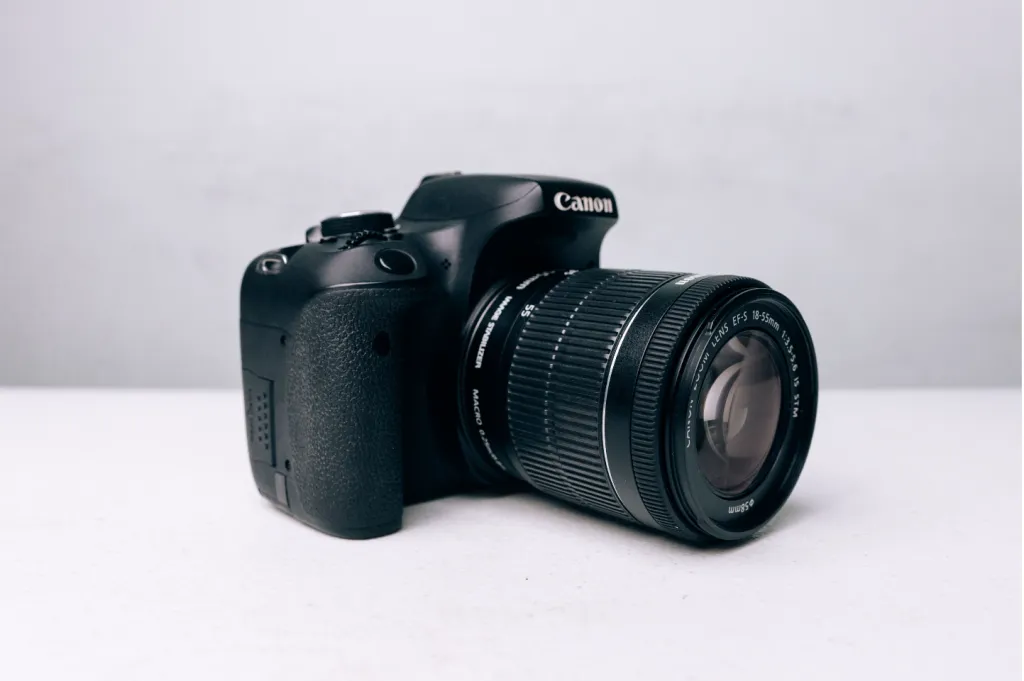The ongoing debate between digital cameras and smartphone cameras centers on balancing professional capabilities with everyday convenience. While DSLRs and mirrorless cameras deliver superior image quality, manual controls, and low-light performance, smartphones leverage computational photography for instant results and portability. This analysis examines key differences in sensor technology, lens flexibility, shooting performance, and workflow efficiency, while exploring how AI and larger sensors are narrowing the gap. Whether you prioritize creative control or on-the-go versatility, understanding these trade-offs helps determine the right tool for your needs—from casual snapshots to professional photography—in an era where camera technology continues to evolve rapidly.
Introduction
The debate between digital cameras (DSLR/mirrorless) and smartphone cameras has been ongoing for years. With smartphones now packing 50MP+ sensors, AI-enhanced photography, and advanced computational imaging, many wonder if dedicated cameras are still necessary.
But do phone cameras really outperform DSLRs? Let’s look at some real data:
According to DXOMARK, the iPhone 15 Pro Max scores 154 in photo performance, while a professional DSLR like the Nikon D850 scores 100—but this comparison is misleading because DSLRs offer superior raw image quality, dynamic range, and low-light performance.
Statista reports that over 1.5 billion smartphones were shipped in 2023, most with multi-lens cameras, yet global DSLR sales continue to decline (CIPA data shows a 10% drop in 2023).
So, which is better? The answer depends on your needs. In this guide, we’ll compare image quality, performance, convenience, and cost to help you decide.

Performance and Flexibility: Where Each Camera Type Excels
Manual Controls and Customization
DSLRs/Mirrorless Cameras:
Offer complete manual control over:
Aperture (critical for depth of field)
Shutter speed (freeze motion or create motion blur)
ISO (manage noise in low light)
Physical dials allow instant adjustments
Can save custom presets for different shooting scenarios
Smartphone Cameras:
Most only offer basic "Pro" modes (like Samsung's Expert RAW)
Limited to software-based adjustments
Computational photography often overrides manual settings
Real-World Impact:
A DSLR lets you perfectly expose a sunset silhouette by manually setting shutter speed and aperture
A smartphone will often HDR-process the same scene, potentially ruining the artistic effect

Speed and Responsiveness
Autofocus Performance:
DSLRs/Mirrorless: Phase-detection AF systems can track moving subjects at 20+ fps (e.g., Canon EOS R3: 30fps)
Smartphones: Reliant on contrast-detection, which hunts in low light
Burst Shooting:
DSLR Example: Nikon D6 can shoot 14fps with full AF tracking
Phone Example: iPhone 15 Pro maxes at 20fps, but with fixed focus
Shutter Lag:
DSLRs: Near-instant (1/8000 sec mechanical shutters)
Phones: Typically 100-200ms delay
Pro Tip: For kids' sports or wildlife, nothing beats a DSLR's responsiveness.
Advanced Shooting Capabilities
Low Light Photography:
DSLR Advantage: Larger sensors gather 4-8x more light than phone sensors
Phone Workaround: Multi-frame night modes (e.g., Google Pixel's Night Sight) stack 15+ images
Dynamic Range:
DSLR Example: Sony A7RV achieves 15+ stops of dynamic range
Phone Example: iPhone 15 Pro uses Smart HDR4 to simulate wide dynamic range
Specialty Modes:
DSLRs excel at:
High-speed sync flash photography
True long exposures (star trails, light painting)
Focus stacking for macro work
Phones simulate these with AI, often with mixed results
Convenience and Portability: The Everyday Reality
Size and Weight Considerations
DSLR/Mirrorless Reality Check:
Even compact models like the Sony A7C weigh 1+ lbs with lens
Professional kits (body + 2-3 lenses) can exceed 10 lbs
Smartphone Advantages:
Always in your pocket
Zero setup time for spontaneous shots
No need for additional accessories
Travel Photography Case Study:
DSLR Approach: Requires dedicated camera bag, lens changes, more attention from thieves
Phone Approach: Shoot, edit, and share without ever unpacking gear

Workflow and Sharing
Smartphone Dominance:
Immediate access to editing apps (Lightroom Mobile, Snapseed)
One-tap sharing to social media
Cloud backup via Google Photos/iCloud
DSLR Workflow Challenges:
Requires importing to computer
Needs professional software (Lightroom Classic, Capture One)
Additional steps to share online
Hybrid Solution: Many pros now use:
Shoot RAW on DSLR for keepers
Transfer select JPEGs to phone via WiFi (Canon Connect, Sony Imaging Edge)
Quick edits and sharing from mobile
Battery Life and Reliability
DSLR Advantages:
1000+ shots per charge (Canon 5D Mark IV)
Swappable batteries
Phone Limitations:
Intensive camera use drains battery quickly
No easy way to swap batteries mid-shoot
Cost Considerations
Upfront and Long-Term Costs
| Device Type | Initial Cost | Additional Costs |
|---|---|---|
| Smartphone | $800-$1,500 | None (built-in) |
| Entry DSLR | $500-$1,000 | Lenses ($200-$2,000 each) |
| Pro Mirrorless | $2,000+ | High-end lenses ($1,000+) |
Verdict: Phones are cheaper short-term, but DSLRs offer better long-term value for pros.
Is a DSLR Worth It for You?
✅ Choose a DSLR if:
You shoot low-light, sports, or portraits.
You want full creative control.
❌ Stick to a phone if:
You prioritize convenience & social media sharing.
You don’t want to carry extra gear.
Future Trends: Are Phone Cameras Catching Up?
AI Photography: Phones now use AI for fake bokeh, skin retouching.
Sensor Improvements: Sony’s 1-inch sensors (Xperia 1 V) close the gap but still lag behind DSLRs.
Prediction: Phones will keep improving, but DSLRs/mirrorless will remain superior for professionals.
FAQs: Digital Camera vs Phone Camera
Can a phone camera replace a DSLR?
For casual use, yes. For professional work (weddings, sports, landscapes), no.
Why do DSLR photos look better?
Larger sensors, better lenses, and natural depth (no AI smoothing).
Do I need a DSLR in 2025?
Only if you’re serious about photography. Most people are fine with flagship phones.
Which phone has the best camera?
iPhone 15 Pro Max, Samsung Galaxy S23 Ultra, Google Pixel 8 Pro lead in computational photography.
Conclusion
DSLRs/Mirrorless: Best for image quality, flexibility, and professional use.
Smartphones: Best for convenience, portability, and social media.
Final Recommendation:
Casual users → High-end smartphone.
Enthusiasts/Pros → Invest in a DSLR/mirrorless.
What’s your pick? Let us know in the comments! 📸


























































